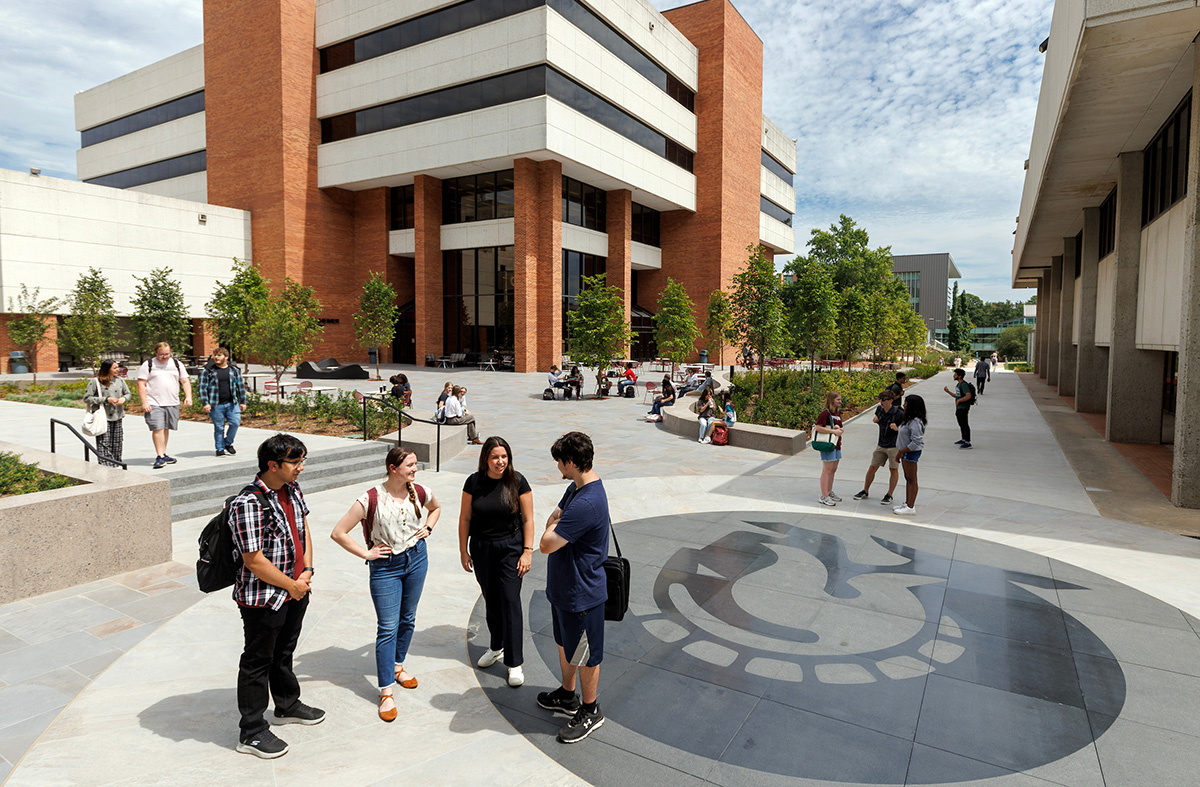Technology Overview
This technology is a method for creating a surface texture that is extremely effective at repelling water. A material is cleaned, then etched to create nucleation sites, and then subjected to glancing angle deposition of a material such that nanoscopic rods (or pillars) are formed. The entire surface is coated with a polymer such as Teflon or with a silane compound. This treated and nanotextured surface is superhydrophobic, and thus excels in water repellency and has other benefits such as reduced frictional drag in flows. The invention appears to be conceptual in nature.
Benefits
- Very large contact angle: Contact angles approaching 180 degrees can be obtained
- Process flexibility: Different materials and material combinations (metal, ceramic, polymer) can be used
Potential Applications
- Medical devices
- Biomedical instruments
- Microfluidic channels
- Portable electronics
- Wind turbine blades
- Airplane wings
- Marine vessels
- Pumps
- Steel structures
Keywords: surface texture, superhydrophobic, contact angle, nanorods, glancing angle deposition, nanopillars, self-cleaning surface, water repellency, waterproof, etching, surface modification
Inventors: Alexandru S. Biris, Ganesh K. Kannarpady

